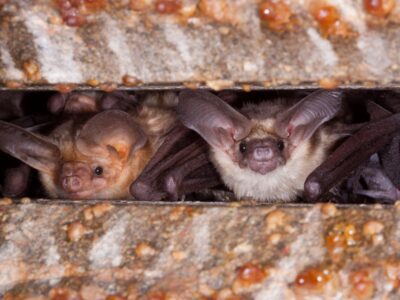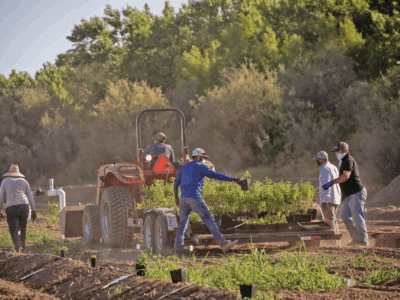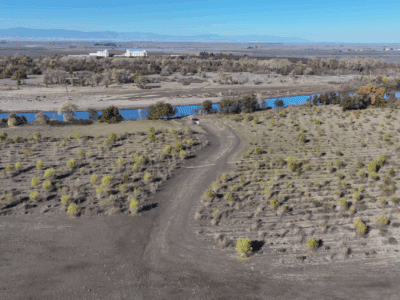- River Partners and allies completed the largest coordinated monarch habitat restoration project in the western U.S. Together, we augmented nearly 600 acres of native habitat across eight sites from Northern to Southern California with tens of thousands of milkweed plants—essential to the monarch lifecycle.
- You can help: donate to our monarch recovery work and write to congress to support legislation that helps monarchs.
- Follow us on social media (Facebook, Instagram, and Twitter) to get the latest on our monarch recovery efforts in California.
Here are two reasons to celebrate: First, in 2021, River Partners and our allies completed the largest coordinated monarch habit restoration effort to date in the Western U.S., and, early California butterfly counts have identified more monarchs than were seen in previous years.
Facing a dramatic 99% decline in the western monarch population, in the past 12 months River Partners completed planting of more than 30,000 milkweed plants at eight sites across nearly 600 acres along California riverways, from as far north as Oroville to as far south as San Diego.
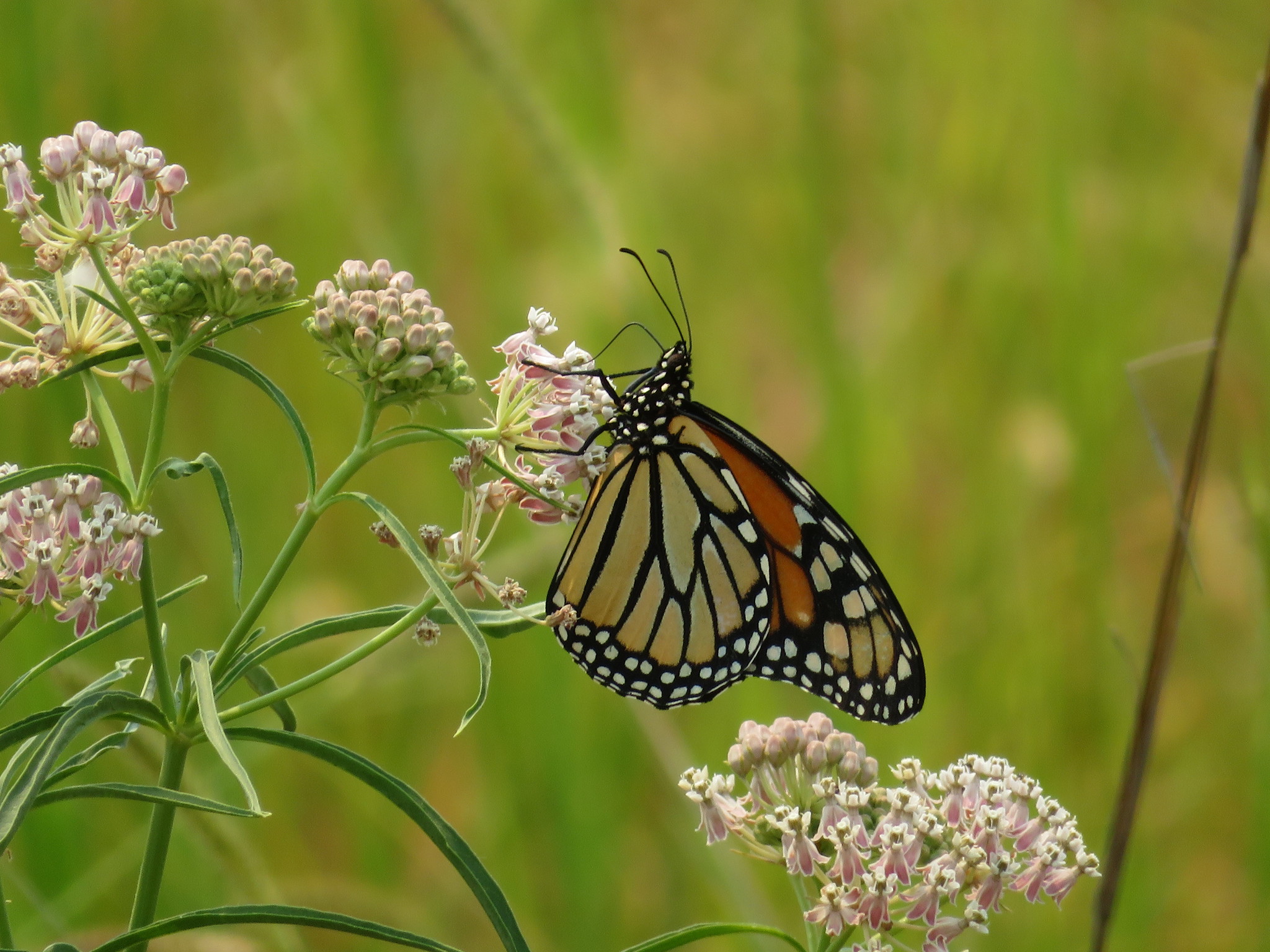
One year ago, Pacific Grove, or “Butterfly Town, USA,” didn’t count a single butterfly, and other well-known monarch hangouts hosted only a few hundred. According to scientists, these sites normally host tens of thousands. As recently as the 1980s, populations were estimated to be over 4 million.
A key reason monarchs are imperiled is because the habitat they need to forage for nectar and lay eggs has all but vanished. By planting milkweed, which has nearly disappeared across the U.S., we’re bringing back the essential ingredients for their survival: food and nurseries.
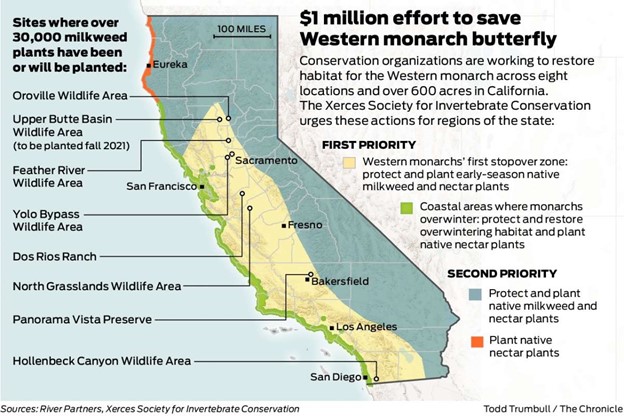
River Restoration as a Leading Strategy
Monarchs are known to be wedded to waterways, and rely on river and streamside areas to find the food and habitat they need for survival. The nearly 600 acres of monarch habitat we just added statewide is a jump start, butterfly experts state a minimum of 50,000 additional acres of monarch habitat in California’s Central Valley and adjacent foothills are needed by the end of this decade.
That’s why River Partners has pledged to integrate pollinator-friendly plants, including milkweed, on all future restoration projects—as restoration of river corridors is a leading strategy to save monarchs and other important species in decline. We aim to create at least 12,000 acres of new and augmented monarch habitat statewide over the next five years.
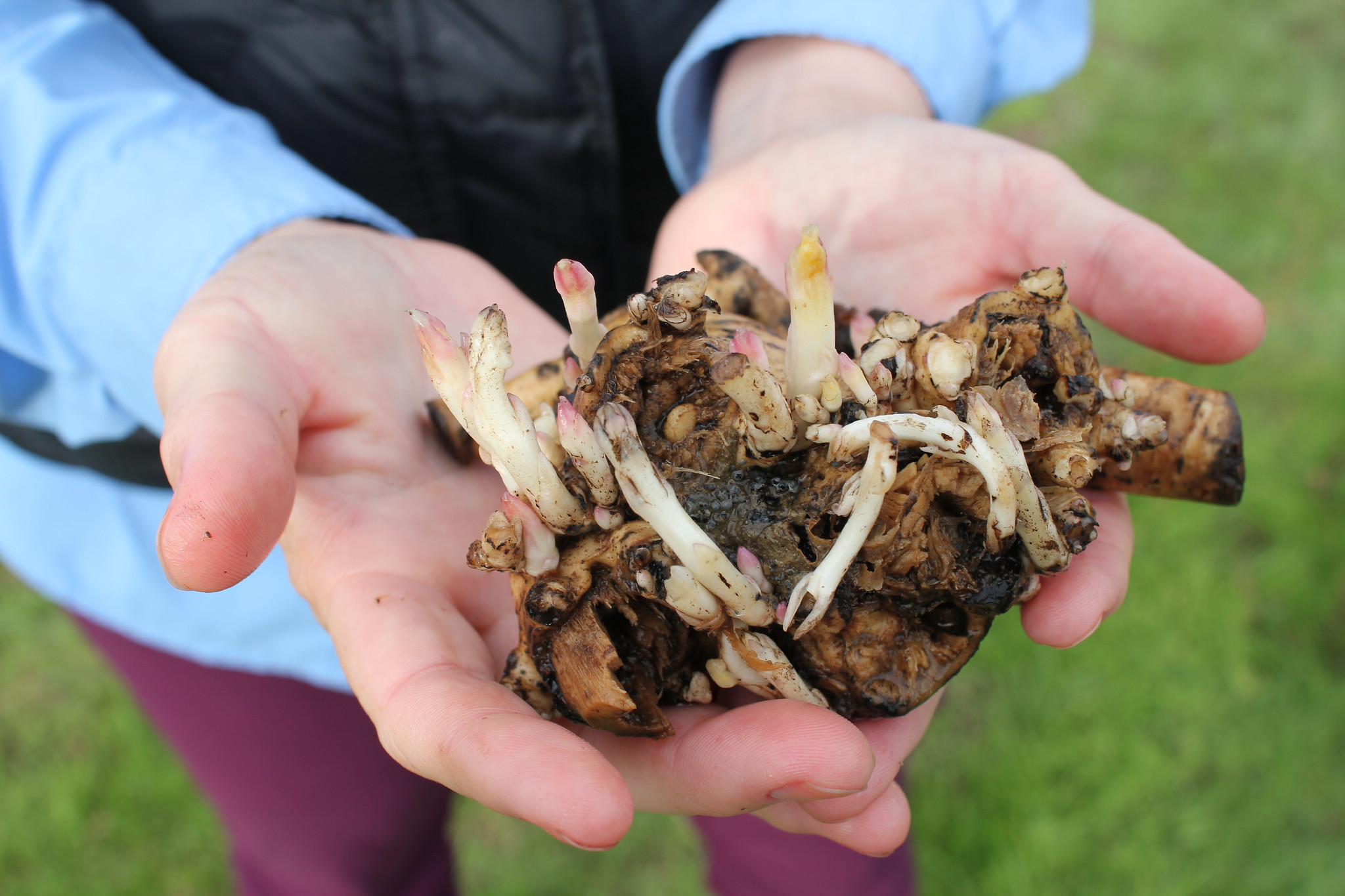
Partnerships Recover Habitat for Monarchs, And More
To accomplish this broad-scale recovery effort, River Partners joined with the California Department of Fish and Wildlife, Xerces Society, and Washington State University more than a year ago to reintroduce habitat along critical migration areas statewide.
According to Hillary Sardinas, “Collaborative efforts like this statewide habitat restoration partnership are critical to helping recover the western population of the iconic monarch butterfly.”
Of course, western monarchs are not the only important pollinator species in decline. Many others including butterflies, insects, and bees are threatened as well. As the plight of monarchs receives heavy attention from researchers, other, less-well-known pollinators continue to disappear off the landscape and need a boost to ensure their survival. In all of River Partners’ work, there are cascading benefits from reviving river landscapes.
“It has been fun to monitor each of the sites for monarchs and other pollinators, and I’m looking forward to seeing how the pollinator community responds to this restoration work over time, as the plants establish and grow,” said Angela Laws, Endangered Species Conservation Biologist with Xerces Society.
“It’s really satisfying to be part of such a large-scale restoration project, which will have many other benefits, including promoting the conservation of other pollinators and wildlife, sequestering carbon and increase habitat connectivity.”
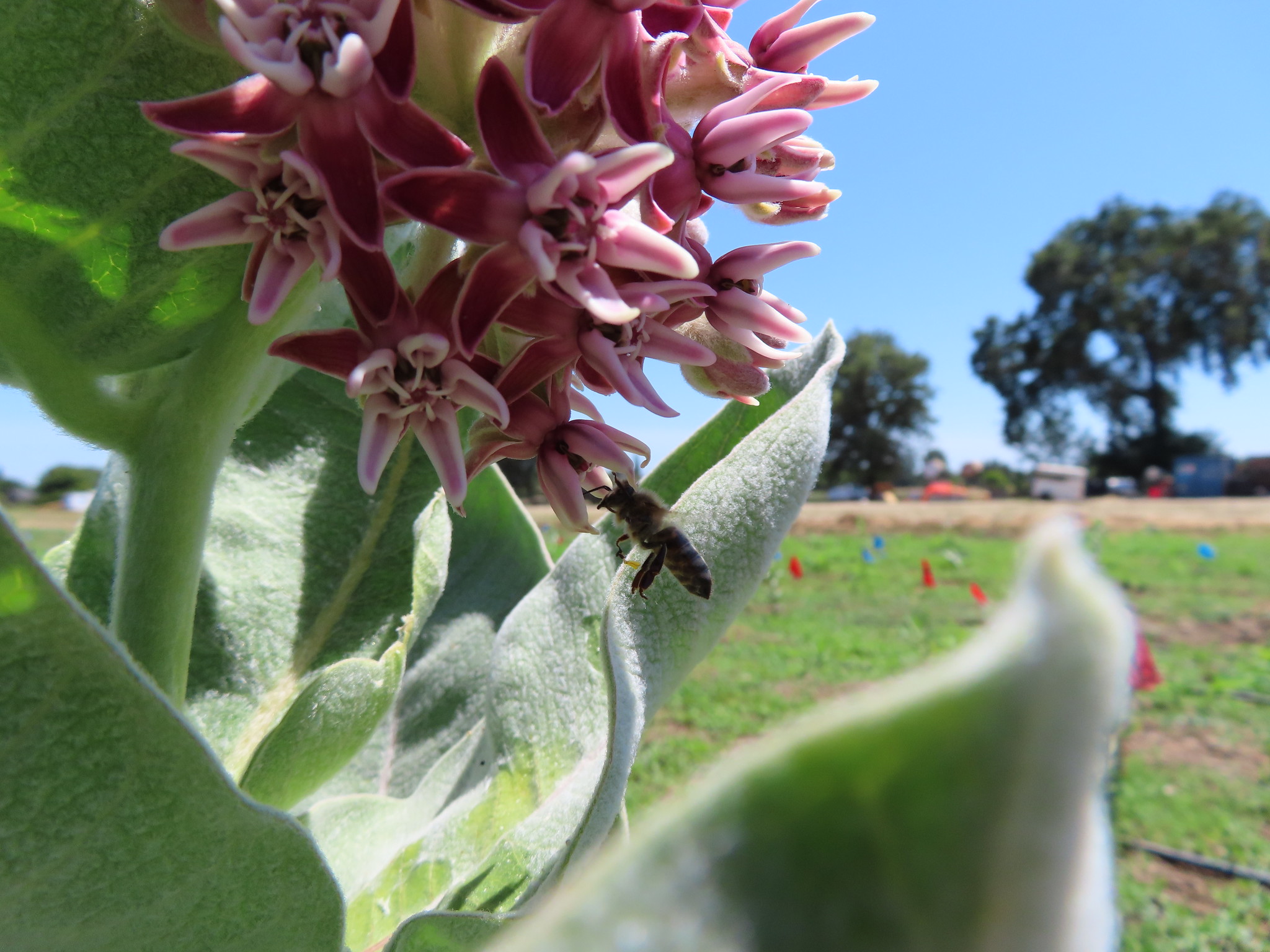
Bringing Communities Together for Monarchs
With the leadership of our science partner the Xerces Society, we’re empowering local communities with pollinator kits, which include milkweed and other pollinator-friendly plants that community partners and landowners can plant in their regions. The kits were distributed last month with a focus on the most crucial areas where monarch habitat is needed.
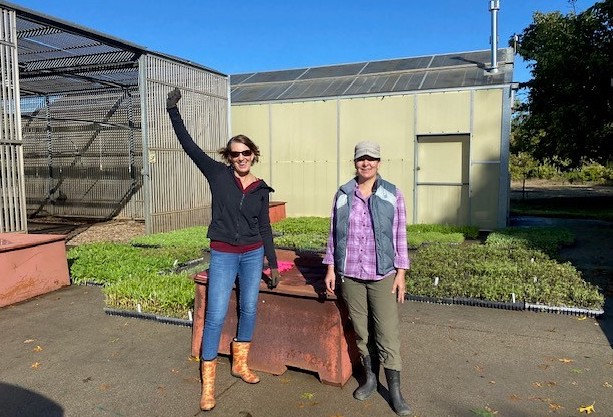
The public has a big role to play in long term-monarch health. You can take steps right now to act on behalf of monarchs. You can write to congress to support legislation that would help monarchs. You can also donate to our monarch recovery work. It only takes a couple minutes to make a difference.
And, if you have access to land, you can create pesticide-free pollinator habitat by incorporating pollinator-friendly plants like milkweed into the landscape. Visit the Xerces Society for helpful planting resources.
The Good News For Monarchs
The Xerces Society’s annual western monarch count has just begun on the California coast, and the numbers are looking up. Early reports counted more monarchs than were seen in previous years, and each week the numbers have increased. There are confirmed reports of over 50,000 monarchs at California overwintering sites from the Bay area down to Los Angeles as of November 10th, according to the Xerces Society. The official count will take place over Thanksgiving. We look forward to sharing updates on our efforts to give a life-saving boost to this beloved species, which also benefits many others that depend on our riverways for their survival.


